Catalogue > Faire une recherche
Résultats pour : Catalogue 2022
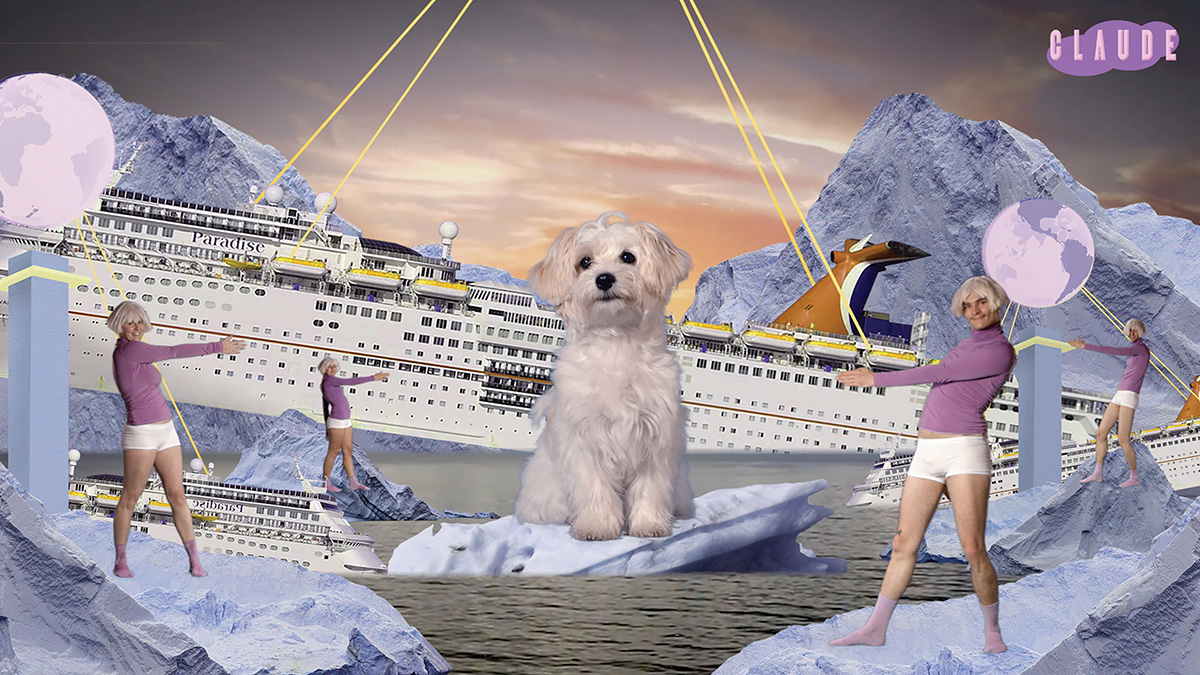
Camille Tricaud, Franziska Unger
Apocalypse Baby, we advertise the end of the world
Vidéo | hdv | couleur | 19:44 | France, Pologne | 2021
APOCALYPSE BABY est une émission de télé-achat cynique qui utilise la catastrophe climatique comme argument de vente. Une satire pop sur le consumérisme et la crise climatique, sur l’individualisme, l’hédonisme et la mauvaise conscience, sur toutes ces contradictions que nous portons en nous.
Camille Tricaud et Franziska Unger sont un duo de réalisatrices. Elles ont commencé à travailler ensemble en 2018. Elles viennent d’horizons différents: l’une, française originaire de Bordeaux, formée au cinéma documentaire et expérimental (à la Hochschule für Fernsehen und Film Munich), l’autre, allemande originaire de Heilbronn, formée à l’architecture et aux arts visuels (Ecole d’Architecture de Dresden). Elles décident de travailler ensemble sur le clip “Apocalypse Airlines”, explorant sur le mode de la satire les relations entre crise climatique et marketing à travers le biais d’une compagnie aérienne fictive. Ce court-métrage remporte plusieurs prix à travers le monde, entre autres le “Short Tiger Award” du Festival de Cannes 2020. Elles continuent alors leur travail commun et obtiennent en 2020 la possibilité de développer un projet au sein de la résidence "Media Art" de la Kirch Stiftung. Elles élaborent alors un univers leur permettant de mettre à jour les liens entre consumérisme et mauvaise conscience, changement climatique et individualisme, hédonisme et marketing. Ce sera le télé-achat de “Apocalypse Baby, We Advertise The End Of The World”. Le film sera nominé et finaliste des Oscars du court-métrage étudiant dans la catégorie "expérimental" de l'année 2021. Elles sont toutes deux dans un questionnement perpétuel sur les modes d’actions, individuels et/ou politiques, qui permettent de lutter contre le changement climatique, et se sentent souvent prises dans une certaine contradiction. En tant qu’artistes, elles cherchent une forme visuelle pour y répondre. Toutes deux considèrent le changement climatique actuel comme l’une des crises les plus importantes et toutes deux voient le médium film comme un moyen de provoquer réflexion et prise de conscience. Elles continuent actuellement leur collaboration sur un nouveau film : “Next Time, Dear God, Please Choose Someone Else”, une histoire d’amour, de tempête et de saut à ski.
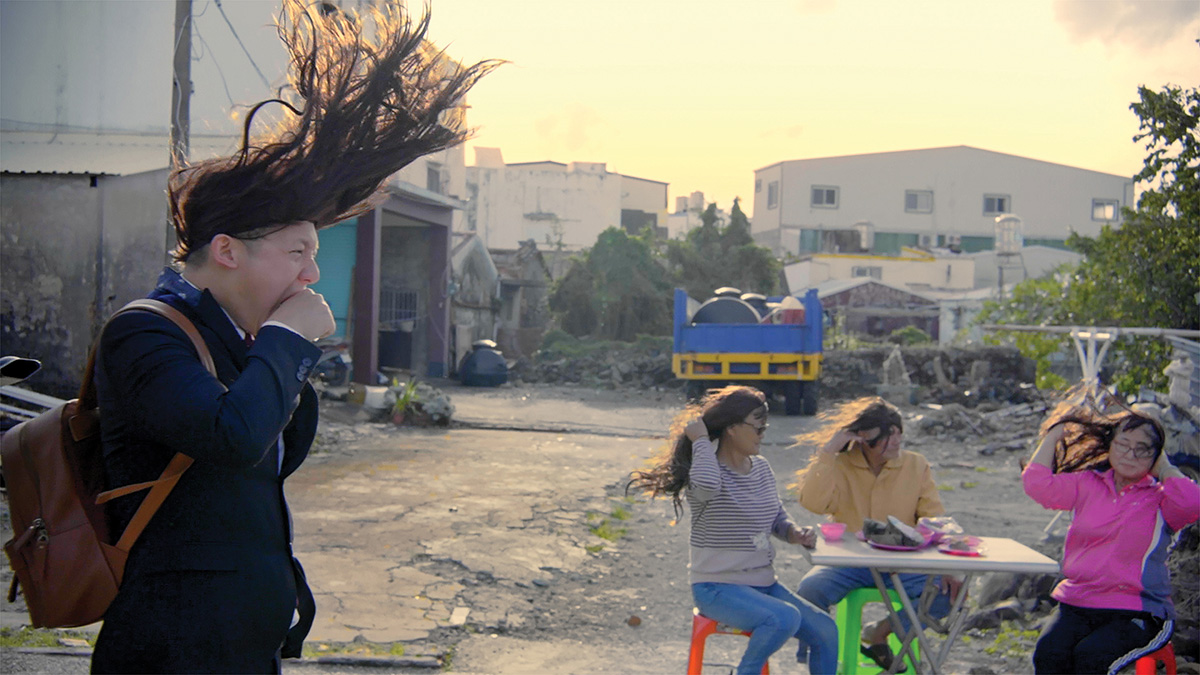
Kuang-yu Tsui
The Wind from Taipei
Fiction expérimentale | hdv | couleur | 7:25 | Taiwan | 2020
Tsui’s works explore the adaptive relationship between humans and social systems, questioning the established structure through actions, and creates survival methods, and redefining reality through his behaviors and experiments. Tsui regards such behaviors as means to measure environmental tolerance, and attempts to highlight the absurdity behind certain social values within the system we are accustomed to. By transforming reality in this way, Tsui’s actions crossed various obstacles, and declares a guerrilla-style intervention, and uncovers invisible relationships in everyday environments.
Born in Taipei, in 1974. In 1997 he graduated from the National Institute of the Arts and has exhibited internationally since, including Venice Biennale, Liverpool Biennale, Werkleitz Biennial, Asian Art Museum San Francisco, ZKM Center, Contour Biennial, Chelsea Art Museum, Mori Museum, OK Centrum.
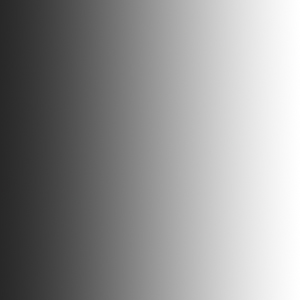

Joëlle Tuerlinckx
The Single Screen
Doc. expérimental | hdv | couleur | 135:32 | Belgique, USA | 2021
L'œuvre clé, The Single Screen, donne un aperçu de la série de performances que Joëlle Tuerlinckx et son équipe That's it! ont réalisées au musée de renommée mondiale Dia:Beacon (États-Unis) entre 2015 et 2018 sur invitation de Jessica Morgan (Nathalie de Gunsberg Director, Dia Art Foundation). Ce faisant, l'artiste confronte, de manière conceptuelle et humoristique, l'expérience du temps et de l'espace d'un musée à celle d'une salle de cinéma. Sur un écran de projection, l'espace s'étend, déborde, déploie ses sujets, doubles et multiples. Une coproduction d'Escautville, Dia Art Foundation, VAF et S.M.A.K. (Gand, BE).
Since the 1990s, and mainly after her participation in Documenta 11 in 2002, the artistic journey of the Belgian artist Joëlle Tuerlinckx (°1958) has gained momentum, with solo and group exhibitions in major institutions around the world (including the Museo Reina Sofia in Madrid in 2009, the Haus der Kunst in Munich in 2013, the Hermitage in Saint Petersburg in 2014 and her participation in Skulptur Projekte Münster in 2017). Today Tuerlinckx is among the most internationally renowned Belgian artists of her generation.
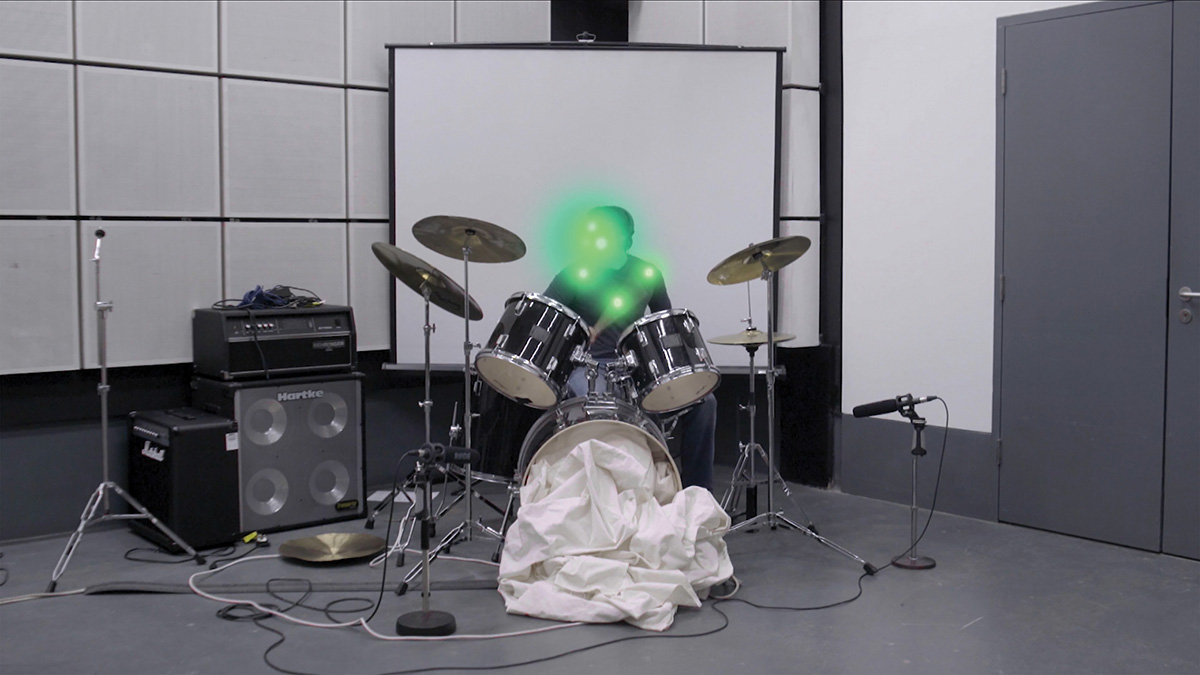
Christopher Tym
a.o.k
Vidéo | 4k | couleur | 14:19 | Royaume-Uni | 2022
a.o.k is about the experience of making pop videos and pop music. Using only behind the scenes and B-roll footage altered with animations, it is a painting of the emotional experience behind and in front of the camera. It is as much about the content as it is about the making of it. The project revolves around a series of music videos created to original tracks but the end results are neither seen nor heard; what remains visible, however, are the sensations of the contributors during the production. It is a journey that cramps with discomfort at the beginning but opens up, softens and releases into something tender and compassionate. The result is relentless and unforgiving but it is an ode to the loving images we create of ourselves.
Christopher Tym (UK) is a Visual Artist based in Amsterdam. His practice includes Film-making, Animation and Audio-Visual Installations. He creates liminal spaces in moving image using unreliable framing, affective editing and by exploring the relationship between the camera and the body. He graduated from the Gerrit Rietveld Academie in 2012 and the Royal College of Art UK in 2017. He teaches Animation and tutors at the Gerrit Rietveld Academie, Amsterdam.
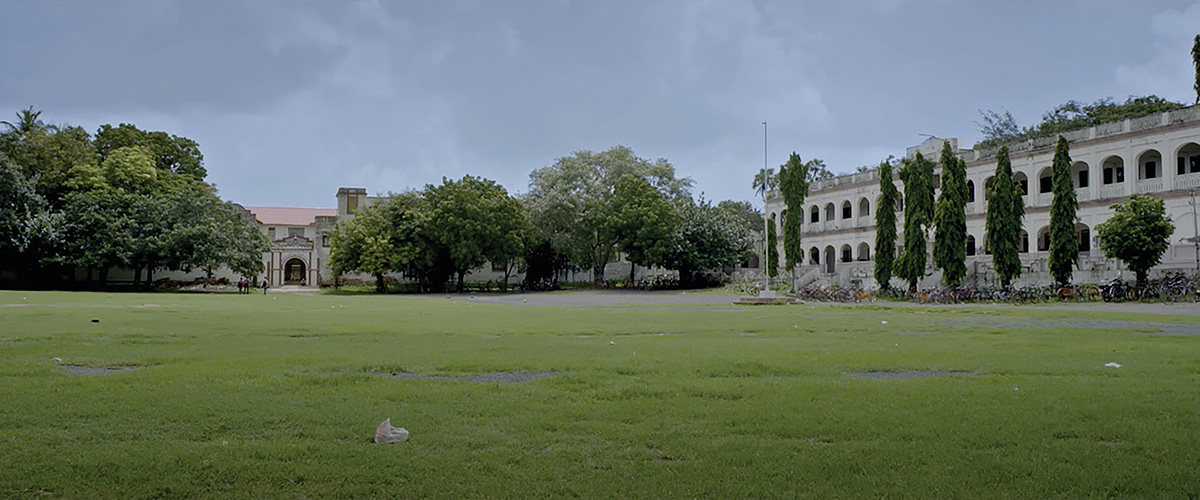
Ujjwal Kanishka Utkarsh
Chalo Una
Doc. expérimental | mov | couleur | 95:30 | Inde, Autriche | 2021
In August 2016, one of the largest dalit anti-caste protest-rally happened in recent history of India. The 10-day rally marched from Ahmedabad to Una in solidarity with four people who had been flogged in Una in an act of caste-related violence. Chalo Una is an intimate look at the remains of this rally. Shot three years to the date of the original rally, the film retraces its path, going to various sites of village meetings, protests, and so on. The film is an invitation to the audience to revisit and to be with the rally. The high-speed shots of these sites of protest are not only acts of memory but also are a trigger for another temporality, one that is disconnected from when it was shot. Retellings and memories of various people involved with the rally are layered with the images to further evoke the ghosts of this protest.
ujjwal kanishka utkarsh is a Phd-in-Practice candidate at the Academy of Fine Arts, Vienna. He has been trying to develop a form that emerges out of the observational cinema tradition and he continues to do that through his PhD project. For ujjwal, this has resonances with John Cage's ideas of beauty and he has explored that through various forms and themes. He has looked at ideas of nothingness, of being in transit and also at labour practices, specifically at peculiar farming practices. In his current ongoing work, he is trying to see if and how through this form he can look at and reflect upon political activity. In the current political situation, where the space for voice of dissent is rapidly diminishing, truth is either viewed very simplistically and reality as objective or the post modern perspective renders all truth relative and all reality socially constructed. In this context, this is also an exploration to see if such ideas of observational form could create a space that avoids pitfalls of both these seemingly untenable theoretical extremes.
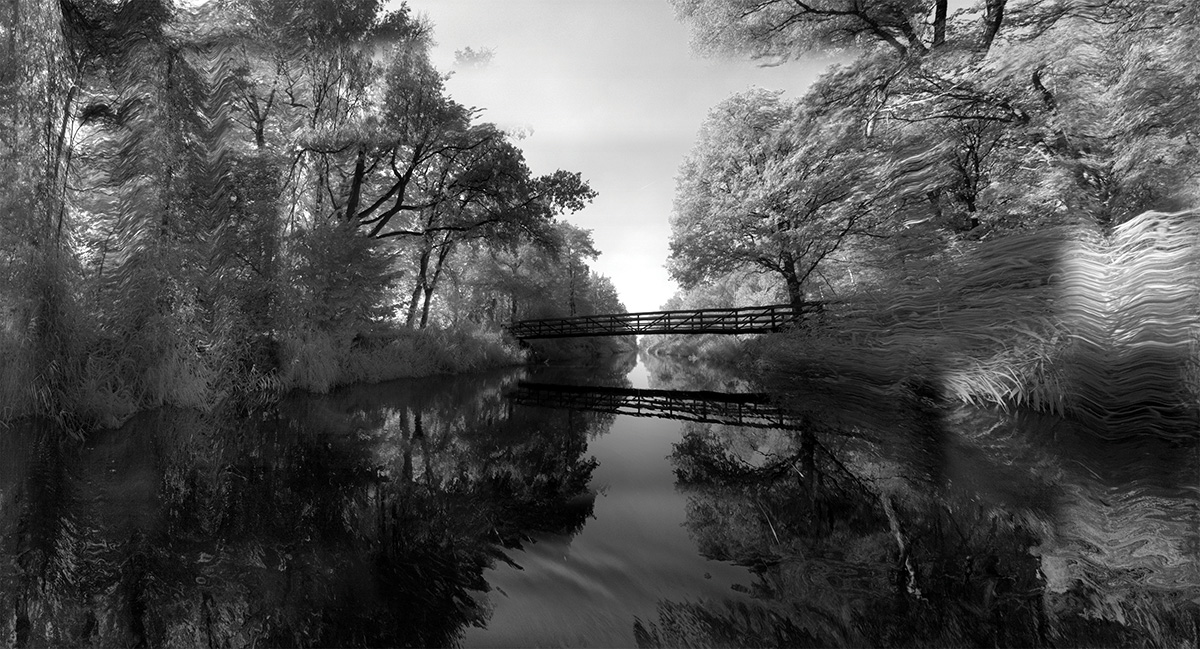
Michiel Van Bakel
Bogwaters
Vidéo | 4k | couleur et n&b | 4:30 | Pays-Bas | 2021
In a Dutch wetland nature reserve we move across the water surface.* The images accelerate and change to infrared; we see the nature sanctuary as through the eyes of the dragonfly that can 'see' many times faster than a human being possibly can perceive. The flight ends where several canals meet; by the water at the foot of a silent witness, a timeless, overgrown bunker. *Striking fact: the former peat exploitation waterways of the Peel bog area have grown themselves into protected nature reserves in the midst of extremely industrial livestock production.
Michiel van Bakel (1966, Deurne NL) studied astronomy (Leiden university) and psychology (Nijmegen university) for several years before he chose for autonomous visual art, at art school (Den Haag and Arnhem). Van Bakel expresses himself through film and videos, sculpture and installations. His work focuses on people and their surroundings, often resulting in a poetic reality. It conveys a fascination for the tension between man and technology, perception of time in our delicate man-made ecosystem.
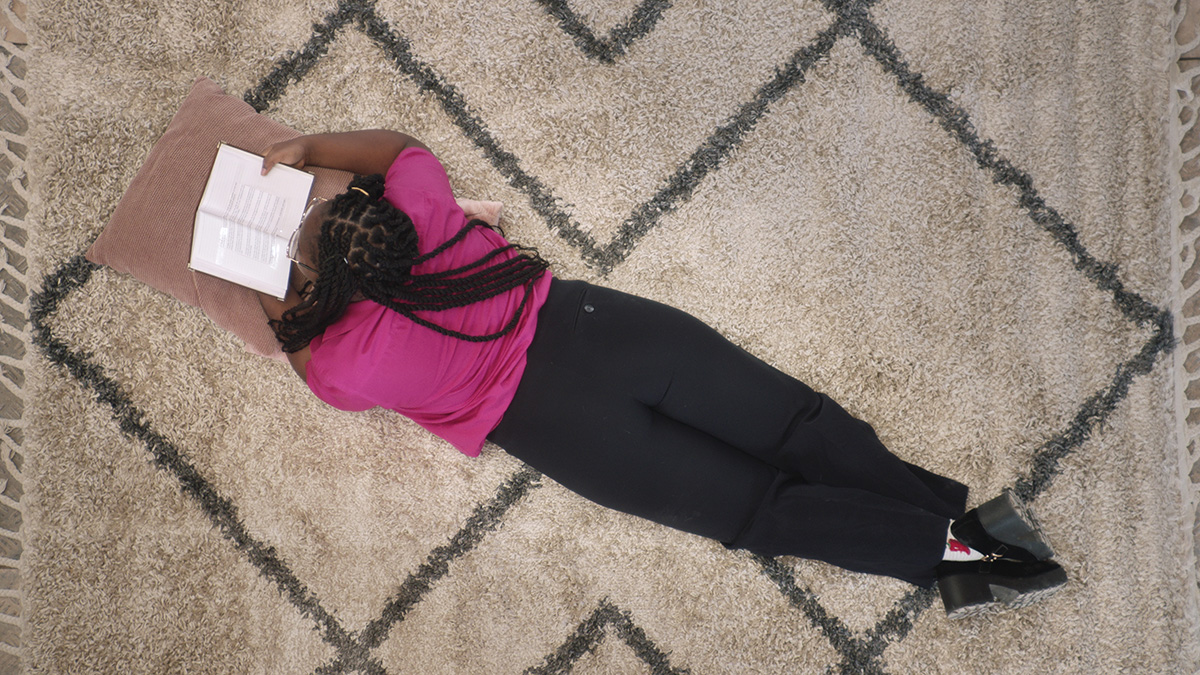
Wendelien Van Oldenborgh
Hier.
Doc. expérimental | 4k | couleur | 27:34 | Pays-Bas | 2021
Hier.(2021) moves seamlessly between politically charged reflections and personal memories through a constellation of voices and lyrical material. In Museum Arnhem (NL) during its renovation - a place of conservation in transition - we meet a cast of young women who express themselves through music, poetry and dialogue. Together they sensitively explore themes such as hybridity, trans-nationality and diasporic sensitivities in the midst of persistent reverberations of colonial history in contemporary society. Alongside the cast, the location Museum Arnhem, is also a meaningful “voice”. Originally built in the late 19th century as an ‘outdoors club’ by people with a colonial past, we see the building stripped down to its foundation, with worn concrete and elegant art nouveau features located next to each other. In this site of rubble and potential we follow three ‘sonic lines’: the band FRED, poet Pelumi Adejumo and historian Lara Nuberg. With music and poetry, we encounter not only socio-political urgencies, but also undercurrents of existentialist and vulnerable themes. Tenderly yet confident, we see the protagonists in friendship and cooperation, we hear about love, the sorrow that comes with it, life questions and certainties, by which they express the basis for a changing possible future.
Wendelien van Oldenborgh develops works, whereby the cinematic format is used as a methodology for production and as the basic language for various forms of presentation, collaborating with participants in different scenarios, to co-produce the script. Recent solo presentations include: work, work, work (work) at Museum Sztuki in Lodz 2021; tono lengua boca at Fabra i Coats, Barcelona 2020 and CA2M Madrid 2019-20; Cinema Olanda, at the Dutch Pavilion in the 57th Venice Biennial 2017. Van Oldenborgh has exhibited widely including the Chicago Architecture Biennial 2019, bauhaus imaginista, HKW Berlin 2019, Stedelijk Museum Amsterdam 2020 and Sonsbeek20->24, Arnhem 2021.
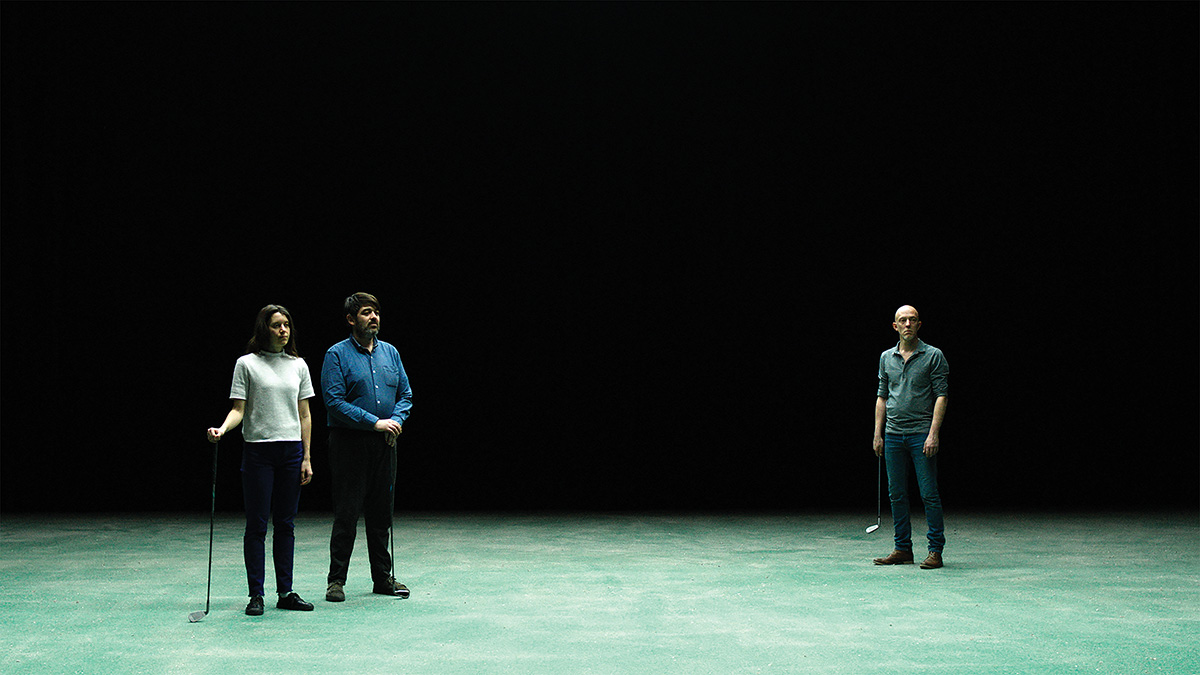
Karl Van Welden
Images For Mars II
Vidéo | 4k | couleur | 28:37 | Belgique | 2019
In the life-sized video work IMAGES FOR MARS II Karl Van Welden investigates the effect of a disaster on the human body. People in a state of carelessness until a dark ash rain falls upon them, turning their idyll into a catastrophe. Or how a blissful moment becomes a scene of charred bodies on a patch of scorched earth. The choreography and movements are inspired by archaeological finds from Pompeii and Herculaneum, which literally show the positions of bodies at the moment of a catastrophe. After the eruption of the Vesuvius volcano, its victims were enclosed by ashes. In time, the bodies disintegrated while the ash surrounding them solidified, creating cavities. Italian archaeologist Giuseppe Fiorelli filled these cavities with plaster, creating a very precise image of the victims of this natural disaster. They remind us of the marble figures on medieval tombs. Sleeping beauties and tormented bodies, which reflect the Eros and the Thanatos of our relationship with the end.
More than ten years ago Karl Van Welden initiated United Planets, a cycle of visual and performative work based on terrestrial or human presence in the universe. How does humankind relate to the immensity of the universe? Using the planets in our solar system as anchor points, he searches for artistic answers to this fundamental question. The work comprises performances as MARS, PLUTO, MERCURY or SATURN, but also video, installations, interventions, drawings, paintings and three-dimensional works, which can act as reflections, preliminary studies, but could just as easily exist autonomously or be combined into one work. Whether sound or image with these works the artist explores multilayeredness, balancing between autonomous poetics and subtle references to social or political themes. His work has been shown in a variety of contexts such as Kaaitheater, Beursschouwburg, Vooruit, M HKA, KANAL-Centre Pompidou, Festival of Flanders, Concertgebouw Bruges, Marion de Cannière, Frascati (NL), Brakke Grond (NL), Metropolis (DK), Pact Zollverein (DE), Østfold Kulturutvikling (NO), le CENTQUATRE-PARIS (FR), Marseille Provence 2013 (FR), Le Vivat (FR), Uzès Danse (FR), Arsenal (FR), Naves Matadero (ES), Tokyo Wonder Site - TOKAS (JP), Gessnerallee Zürich (CH), Sonica (UK), Venice Art Biennale (IT) and Art Basel Hong Kong (HK).
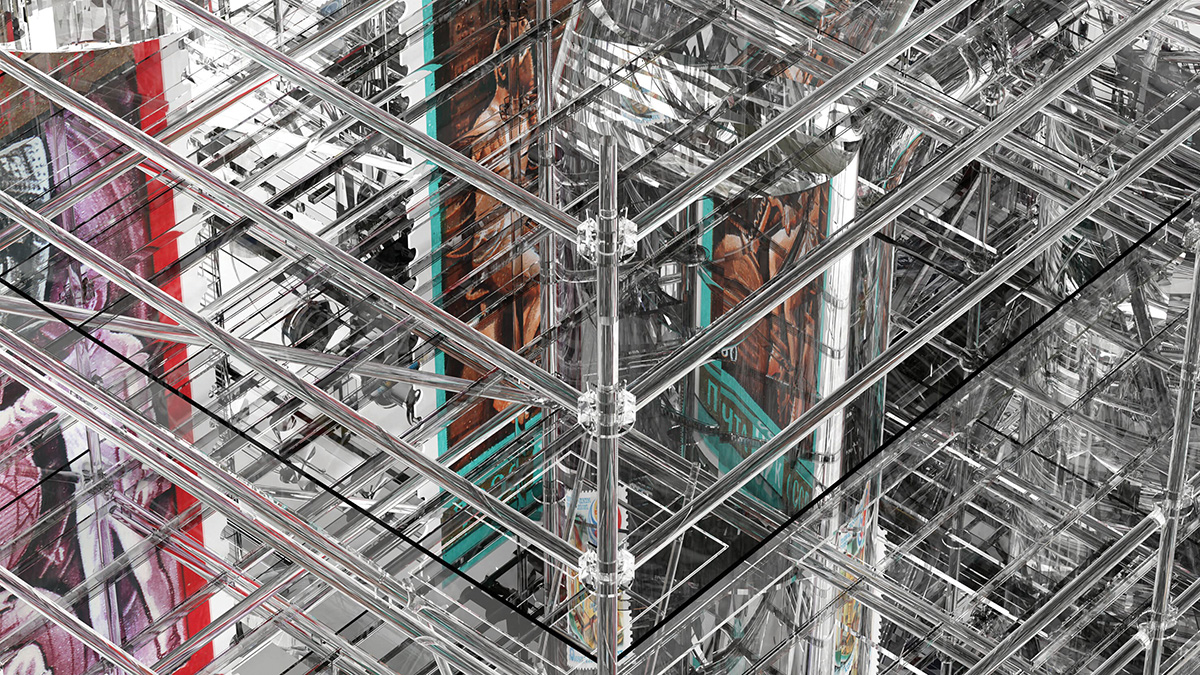
Lesia Vasylchenko
Postcard From A Nonexisting City
Animation | mov | couleur | 8:32 | Ukraine | 2021
“Postcard From a Nonexisting City” is a video work that explores the Soviet imaginary and its relation to the future. The work features a virtual rendering of an architectural landscape that contrasts physical and temporal scales and stamps function as graphic messengers of a political and cultural transition. Constructed between the frameworks of speculative architecture, philately and the politics of time, “Postcard From a Nonexisting City” is a work that reflects on temporal arrangements and geopolitical effects produced by space communication technologies.
Lesia Vasylchenko is a Kyiv-born artist based in Oslo. Her practice spans between installation, moving image and photography. Vasylchenko is a co-curator of the artist-run gallery space Podium and a founder of STRUKTURA. Time, a cross-disciplinary initiative for research and practice within the framework of visual arts, media archaeology, literature, and philosophy. She holds a degree in Journalism from the Taras Shevchenko National University of Kyiv and Fine Arts from Oslo National Academy of the Arts. Her works have been shown among others at Louvre Museum, Paris; Haus der Kulturen der Welt, Berlin; Haugar Art Museum, Tønsberg; Tenthaus Gallery, Oslo; The Wrong New Digital Art Biennale.
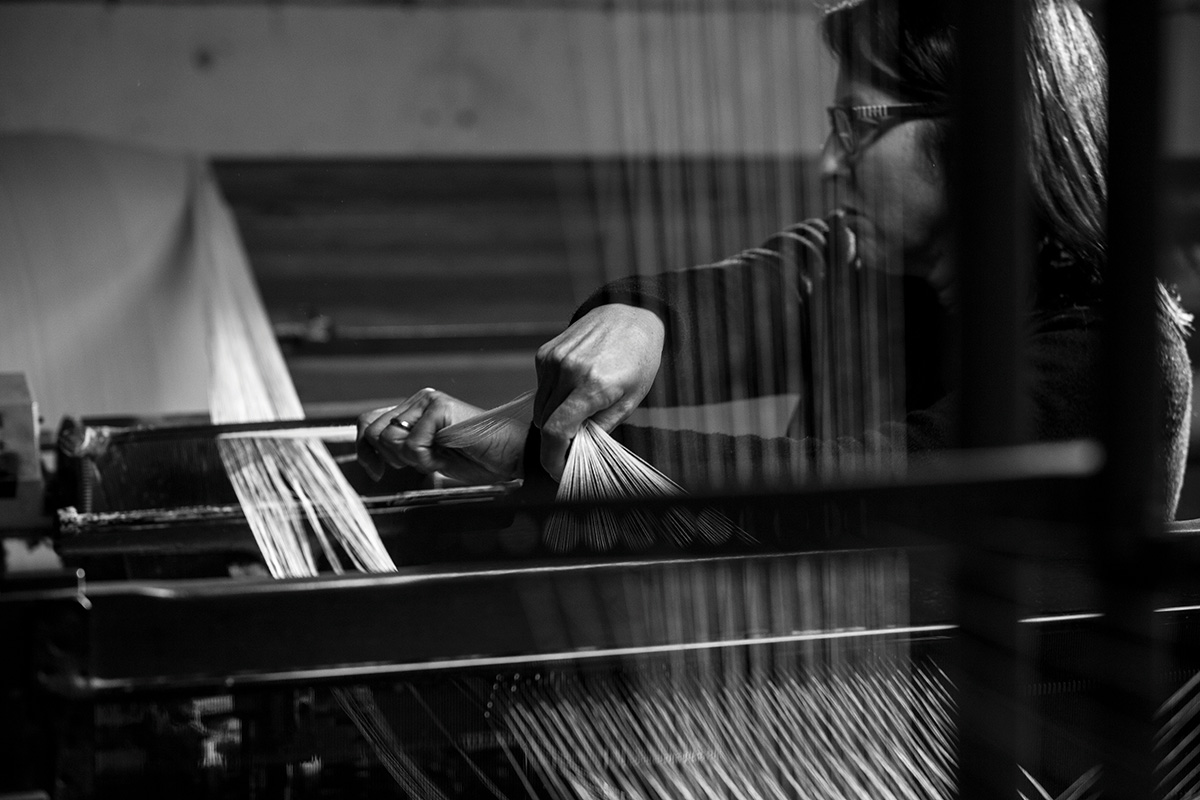
Emilio Vavarella
Genesis (The Other Shapes of Me)
Vidéo | 4k | noir et blanc | 21:36 | Italie | 2021
The film Genesis (The Other Shapes of Me) is simultaneously a part of the installation rs548049170_1_69869_TT as well as a stand-alone art film. The film documents a year-long performance during which a large piece of fabric that codifies and contains all of my genetic information is woven by my mother on one of the first computers of history, the Jacquard loom. In the tension between the loving gestures of a mother and the automatic movements of a mechanical loom, Genesis gives form to my reflections on technical reproducibility, the materiality of information, and on the interplay between biological, mechanical and computational life. The series The Other Shapes of Me is based on the translation of my genetic code into fabric. This stratified series of interrelated works is the result of my research into the origin and current applications of binary technology: from weaving to programming, algorithms, software, automation processes, up to the complete computerization of a human being.
Emilio Vavarella is an Italian artist working at the intersection of interdisciplinary art practice, theoretical research and media experimentation. His work explores the relationship between subjectivity, nonhuman creativity and technological power. It is informed by the history of conceptual art, digital and network cultures, and new media practices. Vavarella moves seamlessly between old and new media, and exploits technical errors and other unpredictabilities to reveal the logic and the hidden structures of power. Esteemed venues that have exhibited Vavarella’s work include: MAXXI – Museo nazionale delle arti del XXI secolo; KANAL – Centre Pompidou; Hermitage Museum in St. Petersburg; MAMbo – Museo d’Arte Moderna di Bologna; Museum of Contemporary Art – Zagreb; Museu de Ciències Naturals of Barcelona, The Photographer’s Gallery of London, Museo de Arte de Caldas; Museo Nacional Bellas Artes in Santiago; Museu das Comunicações of Lisbon, National Art Center of Tokyo; Eyebeam Art and Technology Center and Museum of Contemporary Art Vojvodina. His artworks have been exhibited at film festivals such as Toronto’s Images Festival; Torino Film Festival, and the St. Louis International Film Festival, and at many international media art festivals, among which: EMAF – European Media Art Festival; JMAF – Japan Media Arts Festival; Stuttgarter Filmwinter – Festival for Expanded Media; BVAM – Media Art Biennale; and NYEAF – New York Electronic Arts Festival. Vavarella has been awarded numerous art prizes and grants, among which the Exibart Art Prize (2020); Italian Council award (2019); Premio Fattori Contemporaneo (2019); SIAE – Nuove Opere (2019); the NYSCA Electronic Media and Film Finishing Funds grant (2016); the Francesco Fabbri Prize for Contemporary Art (2015) and the Movin’Up Grant (2015). He has been invited to present his work at: Harvard Advanced Leadership Initiative; Istituto Italiano di Cultura – New York; ISEA – International Symposium on Electronic Arts; Goldsmiths University of London; the University of East London; the School of the Art Institute of Chicago; and SIGGRAPH. His academic writings have been published in peer-reviewed journals such as Leonardo – The Journal of the International Society of the Arts, Sciences and Technology (MIT Press), Digital Creativity (Routledge), and CITAR Journal – Journal of Science and Technology of the Arts. His writings have also appeared in Behind the Smart World: Saving, Deleting and Resurfacing Data produced by the AMRO Research Lab and in exhibition catalogues like Low Form: Imaginaries and Visions in the Age of Artificial Intelligence (MAXXI and CURA Books); That’s IT! (MAMbo), and Robot Love (Niet Normaal Foundation). His work is regularly discussed in art magazines, academic books and peer-reviewed journals, and has been covered by all major global media outlets. His most recent artist book, published by Mousse, is entitled rs548049170_1_69869_TT. Vavarella is currently working toward a PhD in Film and Visual Studies and Critical Media Practice at Harvard University and is the artist in residence of the Broad Institute of MIT and Harvard. He holds an M.A. cum laude in Visual Arts from Iuav University of Venice, with study abroad fellowships at Bezalel Academy of Arts and Design, Tel Aviv and Bilgi University of Istanbul and received a B.A. cum laude in Visual, Cultural, and Media Studies from the University of Bologna.
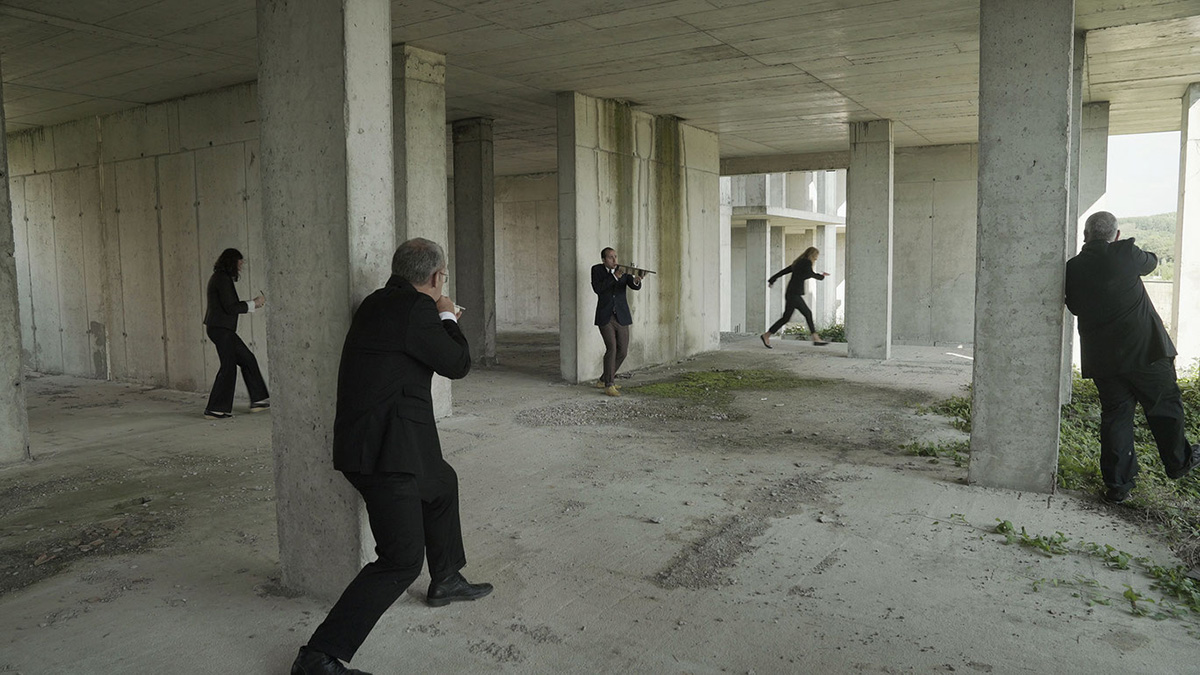

Borjana Ventzislavova
Gesellschaftsspiele
Vidéo | hdv | couleur | 15:55 | Autriche | 2021
Games are generally defined through agreements—rules, within the framework of which, a certain degree of freedom reigns, but also compelling constraints. Many of these conventions are not explicitly identified as such, for example, how earnest one should be, or how much inner distance to keep. And a game does not at all define the more precise (individual, social, etc.) characteristics that participants should display in order to be among the players. For that reason, it is incredibly perplexing to see the adults in Borjana Ventzislavova’s Gesellschaftsspiele / Real Games in relations of play that we generally dismiss as puerile. In clever montages with players who appear deliberately misplaced or “miscast,” the film expands five of these contexts; or rather, interlocks them in such a way that we are rendered witnesses to an uncanny alienation. The nursery rhymes recited with a wink of the eye at the start are merely gentle harbingers of the dead serious shooting game with blowpipe arrows played by a group of sophisticated ladies and gentlemen in the concrete column foundation of a massive building shell. No less ambiguous is the cops and robber game that adult, suit-wearing players engage in around a monumental memorial in Sofia. And another game that’s not so bad is the acrobatic Chinese jump rope enjoyed by three smartly dressed women in a closed school yard. Entirely enigmatic, on the contrary, is a group wearing only underwear who pursue an odd ritual around a quartz lamp sculpture in the film’s sole interior space—until it turns out that what they’re doing is nothing other (or perhaps entirely different) than a simple Ring-Around-The-Rosey. The film’s transfiguration and simultaneous unmasking, has a double effect: on the one hand, as recognition that even the most casual activities are controlled by some type of role playing; and on the other—which is perhaps even more sobering—that their symbolic contexts withstand even the cleverest infiltrations. Whereby freedom and compulsion can even boil down to one and the same thing at times. And that is, no least, what the “real” aims at; uncatchable, as it were, these revealing and at the same time enigmatic games. (Christian Höller)
Born 1976, Sofia, BG, currently based in Vienna and Sofia; graduated visual media art / digital art at the University for applied arts Vienna. She works in the fields of film/ video, photography, installation and new media. Her works have been exhibited internationally in solo and group shows as well at film and media art festivals.
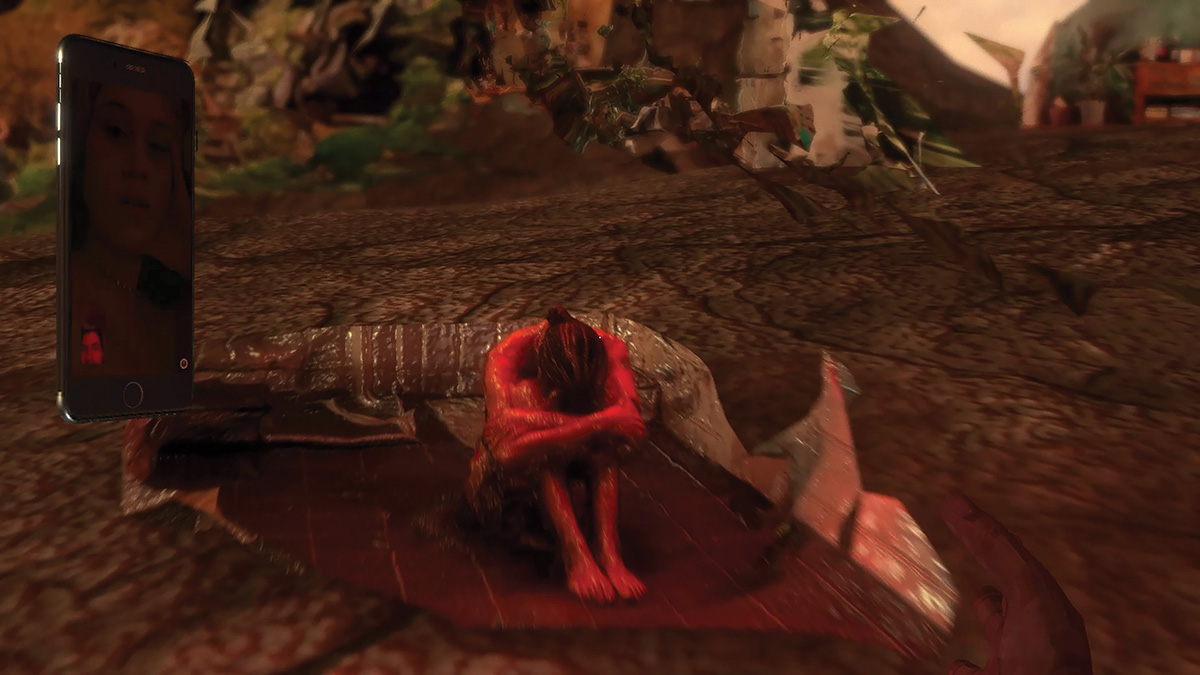
Matthijs Vuijk
With the Whole World Crumbling, We Pick This Time to Fall In Love
VR expérimental | 0 | couleur | 7:0 | Pays-Bas, Afrique du sud | 2021
This immersive experience includes three-dimensional scans combined with voice-memos, images, videos and WhatsApp messages which together form an assemblage of distant yet intimate encounters with friends and subjects. The viewer is able to walk through a personal and emotional digital landscape, creating their own non-linear narrative between dream and reality, a liminal space of longing.
Matthijs Vuijk (1995, NL) is an independent new media artist and filmmaker who has been studying photography at the Royal Academy of the Arts in Ghent, Belgium, from which he graduated with distinction. After doing an internship with Dutch filmmaker Lara Verheijden, Matthijs moved to Johannesburg, South Africa. There Matthijs finished a Bachelor Honours in Film & Television at the University of the Witwatersrand (WITS) with distinction and participated in a collaborative VR project between the Filmuniversität Babelsberg and WITS. Matthijs’ background in visual art, film and VR encompass his passion, which lies in the creation of captivating worlds through a strong visual atmosphere. He is formally and technically interested in different mediums while the important narrative factors within his work have a strong emphasis on emotions, intimacy and connection. His recent collaborative film What do I see when I see me with Sammie Straub has been selected at the Rencontres Internationales Paris/Berlin 2021, while Matthijs’ newest immersive experience With the Whole World Crumbling, We Pick this Time to Fall in Love participates in the 2021 edition of the Fak’ugesi Digital Innovation Festival in Johannesburg, South Africa. His collaborative graduation film Sikelela Tapes was selected for the ‘Frontlight’ competition of the renowned International Documentary Festival Amsterdam (IDFA) and had its world premier at the Zanzibar International Film Festival (ZIFF) in Tanzania. Matthijs is currently involved in different cultural initiatives in both Johannesburg and Amsterdam.
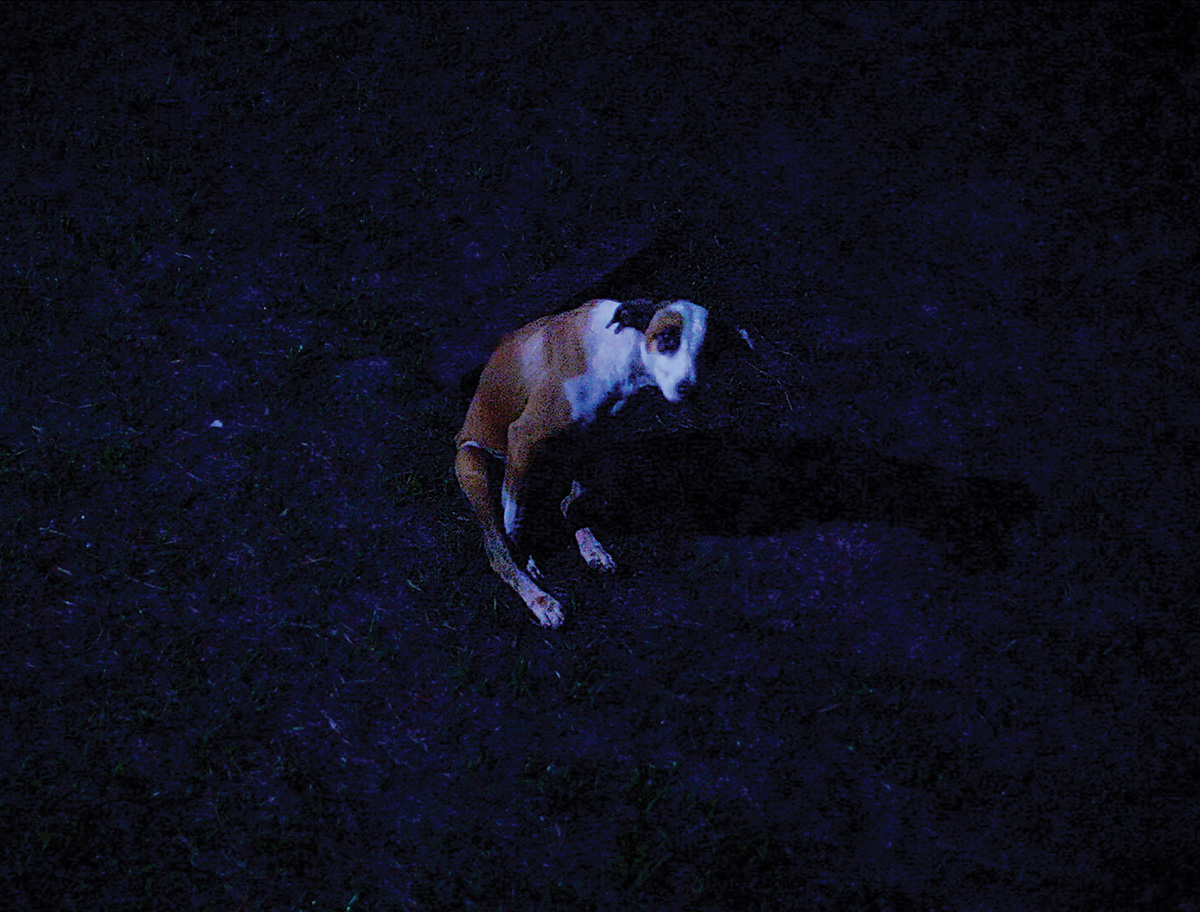
Janaina Wagner
Cães Marinheiros
Vidéo | mov | couleur | 7:0 | Brésil | 2020
Cães Marinheiros (Sailors Dogs) was filmed in the ruins of the small town of Velho Aira?o, in the Brazilian Amazon, at the confluence of Rio Negro and Rio Jaú. Founded by Portuguese missionaries in 1694, Airão concentrated the entire rubber production in the region. After a rapid and unsustainable economic growth, followed by the decline of the Rubber Cycle, the city went bankrupt. A politician at the time said that the population was being eaten by ants. Ruined, Airão was abandoned. Sailors Dogs juxtaposes the homonymous tale by Portuguese poet Herberto Helder with the dismantled landscapes of the village. In a perspectivist inversion, textual and visual images assemble and disassemble within a forest eaten away by men. By reflecting on the precarity and fragilities of human nature, and the limits of our relationship with the environment, the film questions our place of dominance in the universe that we inhabit.
Franco-Brazilian artist JANAINA WAGNER (1989) works with cinema, photography, scenography, drawing, video and installations, researching the relations of limit, control and contention that human-kind establishes with the world. Currently on a PhD at Le Fresnoy-Studio National des Arts Contemporains (FR), Wagner participated in several artistic residencies, such as Gasworks, VISIO, FID Campus - Festival International de Cinéma de Marseille, Bolsa Pampulha, Festival Mondes Possibles - Théâtre Nanterre-Amandiers, Casa Tomada, Anarcademia W139 Amsterdam and NES Skagaströnd. Among the main exhibitions and film festivals, stands out Eco-spectrality: Residual Fabulations - Glasgow Film Festival, Thinking Beyond: Images for a post pandemic world (IT), Aliens are Temporary - Kunstraum Bethanien (DE), A natural history of Ruins – Pivô (BR), Mostra de Cinema de Tiradentes (BR), Casa Carioca – MAR Museu de Arte do Rio de Janeiro (BR), Ensaio de Tração - Pinacoteca do Estado de São Paulo (BR), Simultan Festival XV – Unseen (RO), 10 ª Semana de Cinema do Rio de Janeiro (BR), Bestiário - Centro Cultural São Paulo - CCSP (BR). Graduated both in Fine Arts and in Journalism (BR), her references derives from the procedures through which human-kind registers and articulates its progress and legacy – a constellation of tales, facts and images. Janaina lives and works between Paris and São Paulo.
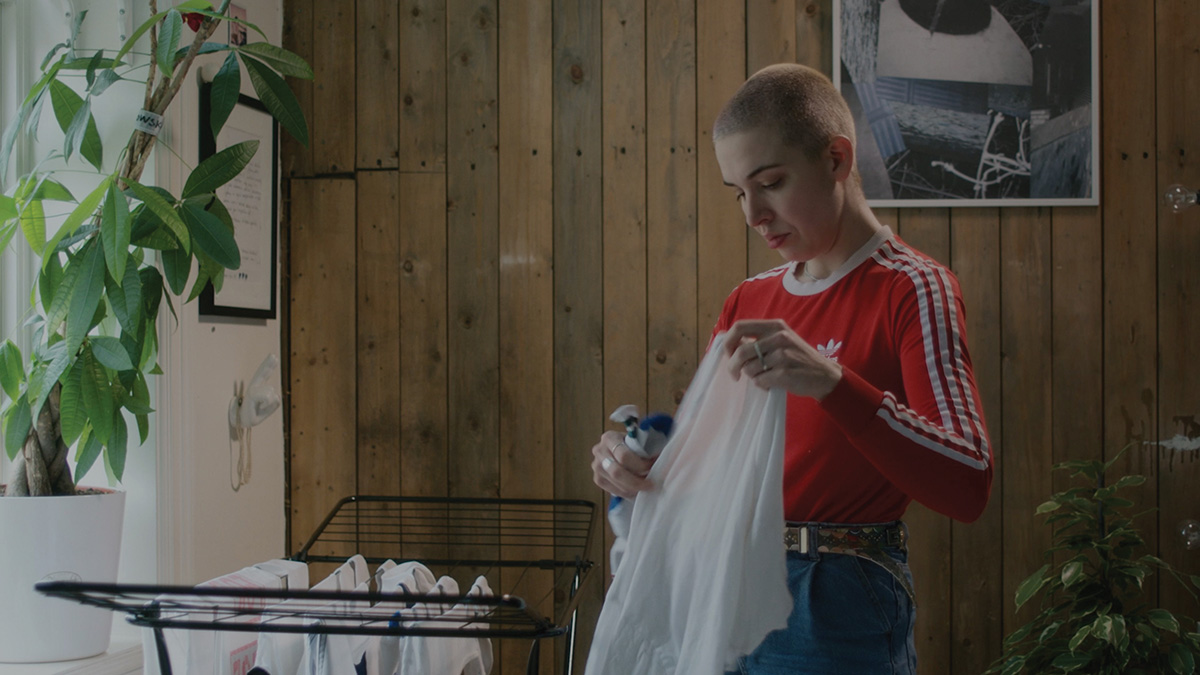
Hamid Waheed
Areoles
Vidéo | 4k | couleur | 13:46 | Norvège | 2021
Queer characters talk about their lives and making sense of their worlds.
Hamid Waheed is a filmmaker and visual artist utilizing moving images, as well as writing and performing. His work often emphasizes characterization, dramaturgy and queer desires as methods of investigating psycho-social structures, ruminating on time, intimacies and violence. He is also interested in histories and the materialities of archived data. Works have been presented a number of places, including the Museum of Cultural History, Fotogalleriet and Kunstnernes Hus Kino (Oslo), METEOR International Theatre Festival (Bergen), Open Out Festival (Tromsø), Nikolaj Kunsthal (Copenhagen) and Rencontres Internationales Paris. He’s also part of the curatorial collective ’HÆRK’ and has a BFA in Moving Images from Nordland College of Art and Film. Currently, he’s pursuing an MFA at the Oslo National Academy of the Arts.
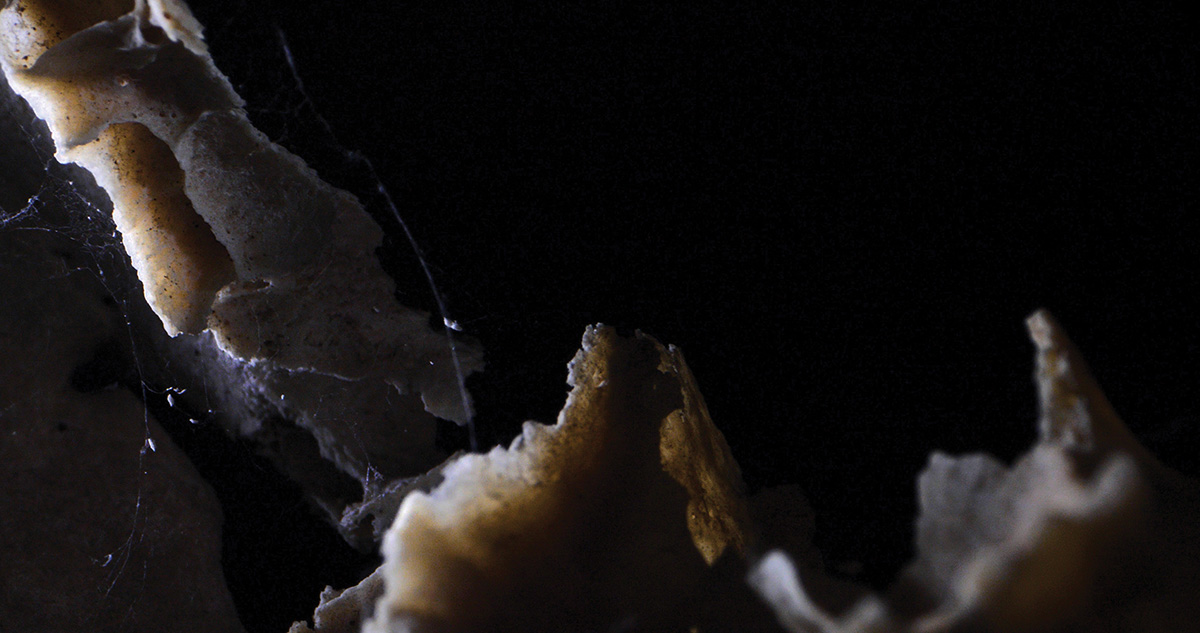
Maya Watanabe
Bullet
Vidéo | 4k | couleur | 11:0 | Pérou, Pays-Bas | 2021
The surface of the skull is smooth as marble, except for the fractures surrounding a small, round bullet hole. The camera penetrates this opening, revealing the rock-like landscape within, of deep ravines, jagged-edged craters, and bony reefs. Here and there we see a web hanging, inhabited by a spider. Bullet records the skull of an unidentified body from the Peruvian violent period, which raged from 1980 to 2000 and took 70,000 lives. Since then, many remains have been found but cannot be identified and they still hover, as it were, under the status “NN” –“No Name.” The film tries to shed light on the forces that penetrate the lives of people: natural or social forces that overtake observation, the imagination and memory.Bullet constitutes an indictment of arbitrary executions and judicial vacuum in which they remain.
I am a visual artist and filmmaker who works with video installations. I have had recent exhibitions at, among other places: De Pont Museum (NL), MAXXI Museum (IT); MALI – Museo de Arte de Lima (PE); Rose Art Museum (US); La Casa Encendida (ES); Palais de Tokyo (FR); Kyoto Art Center (JP); Das Fridericianum (DE); and Matadero (ES). My work has been shown at various art biennials and internationally, including Videobrasil, the 13th Havana Biennial (CU), Asian Art Biennial (TW), the 2nd Wuzhen Contemporary Art Exhibition (CN) and the Beijing Biennial (CN). I have also collaborated as audiovisual art director for stage productions in Peru, Spain, Austria and Italy. In 2018, I was granted the Han Nefkens Foundation Award. I live in Amsterdam, where I teach at the Rietveld Academie. I am currently a PhD research student at the Department of Visual Cultures - Goldsmiths, University of London.
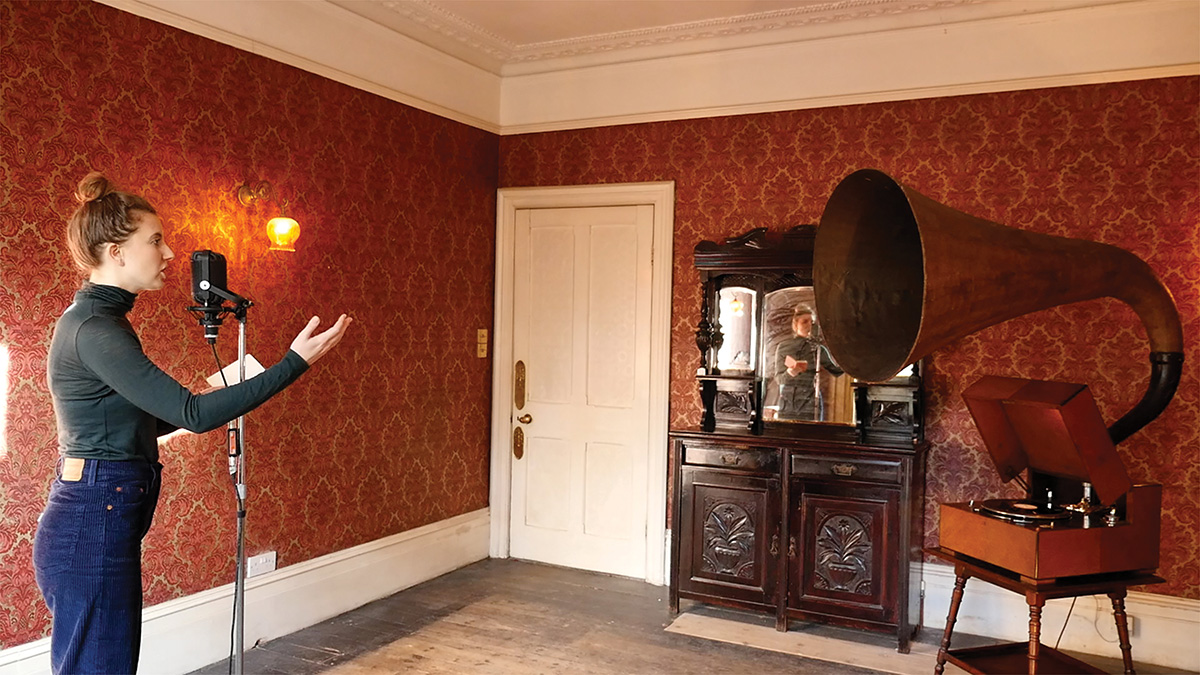
Judith Westerveld
Message from Mukalap
Film expérimental | mov | couleur | 14:41 | Pays-Bas | 2021
At the core of the film Message from Mukalap lies a unique sound recording that captures a spoken message from a man named Mukalap, recorded around 1936 in South Africa. Mukalap speaks in the now-extinct Khoe language !ora. He calls on a European audience to listen to his beautiful language just for once, and to him. ?His message is not only an urgent appeal for recognition, he also asks the audience to respond and send a message in return. The film is a response to his request.
Judith Westerveld (1985) grew up in South Africa and the Netherlands. She studied Fine Art at the Gerrit Rietveld Academie, followed by the Master Artistic Research at the University of Amsterdam. In her films, audio-visual installations, photo-collages and performance based work, Judith Westerveld researches the relation between the archive, the voice and the narrative, probing who is heard and seen, remembered and historicized in a postcolonial world. Language in spoken, written and embodied form, as well as memory, oral history and archival material are recurring elements that shape her work. Gathering a multiplicity of perspectives and interpretations that are historical and contemporary, public and private, her works intertwine the worlds of facts and stories. With her work she aims to address and reflect upon the multiple ways the colonial past continues to impact the present. Her films and videos are distributed by, and part of the collections of LIMA (Amsterdam) and ARGOS (Brussels). From 2019 until 2023 her practice is supported by the Artist Basic grant, Mondriaan Fund. In 2017-2018 she received the Artist Start grant from the Mondriaan Fund.

Boedi Widjaja
A tree rings, a tree sings
Doc. expérimental | 4k | couleur | 10:0 | Singapour, Chine | 2021
New findings in epigenetics suggest that we inherit ancestral memories. Could we inherit images and sounds–audiovisual signals–through genetic transmissions? In 2012, I visited my grandfather’s hometown and snapped with my phonecam ~700 photos in 5 days. In 2021, I re-shot the photos into moving images through an analogue process involving an inverted lens where the visual outcome encodes the artist’s presence. The soundtrack uses inverted gamelan sounds, a metallophone instrument from my hometown Java. The music score is a hybrid DNA code - my Y-chromosome; DNA of the Chinese parasol tree (my grandfather's namesake); and an encoded text - a chimera of person, plant and poetry. The video is generative, an algorithmic composition that plays differently every time, and almost infinitely.
Boedi Widjaja (Indonesia/Singapore) probes into the concerns of diaspora, cultural hybridity and space - physical and psychological - through long-running, interdisciplinary series developed in parallel. His approach is often autobiographical and oblique. Drawing as method is a defining element in his practice; expressed through diverse media from photography and architectural installations to bio art and live art, with an emphasis on process and bodily engagement. Widjaja was trained in architecture and has worked in graphic design. Widjaja received the inaugural QAGOMA and Singapore Art Museum co-commission which was presented at the 9th Asia Pacific Triennial (2018-19) and the 6th Singapore Biennale (2019-20). His works have been included in group shows such as Cladogram: KMA’s 2nd International Juried Biennial (2021), Katonah Museum of Art, New York, in which he was awarded First Prize; MAP1: Waterways (2017), Diaspora Pavilion, 57th Venice Biennale; Yinchuan Biennale (2016); From east to the Barbican (2015), Barbican, London; Infinity in flux (2015), ArtJog, Indonesia; and Bains Numériques #7 (2012), Enghien-les-Bains, France amongst others. Recent solo exhibitions include Kang Ouw?????(2022), Esplanade Tunnel, Singapore; Declaration of (2019), Helwaser Gallery, New York; Rivers and lakes Tanah dan air (2018), ShanghART Singapore; and Black—Hut (2016), Singapore Biennale Affiliate Project, ICA Singapore.
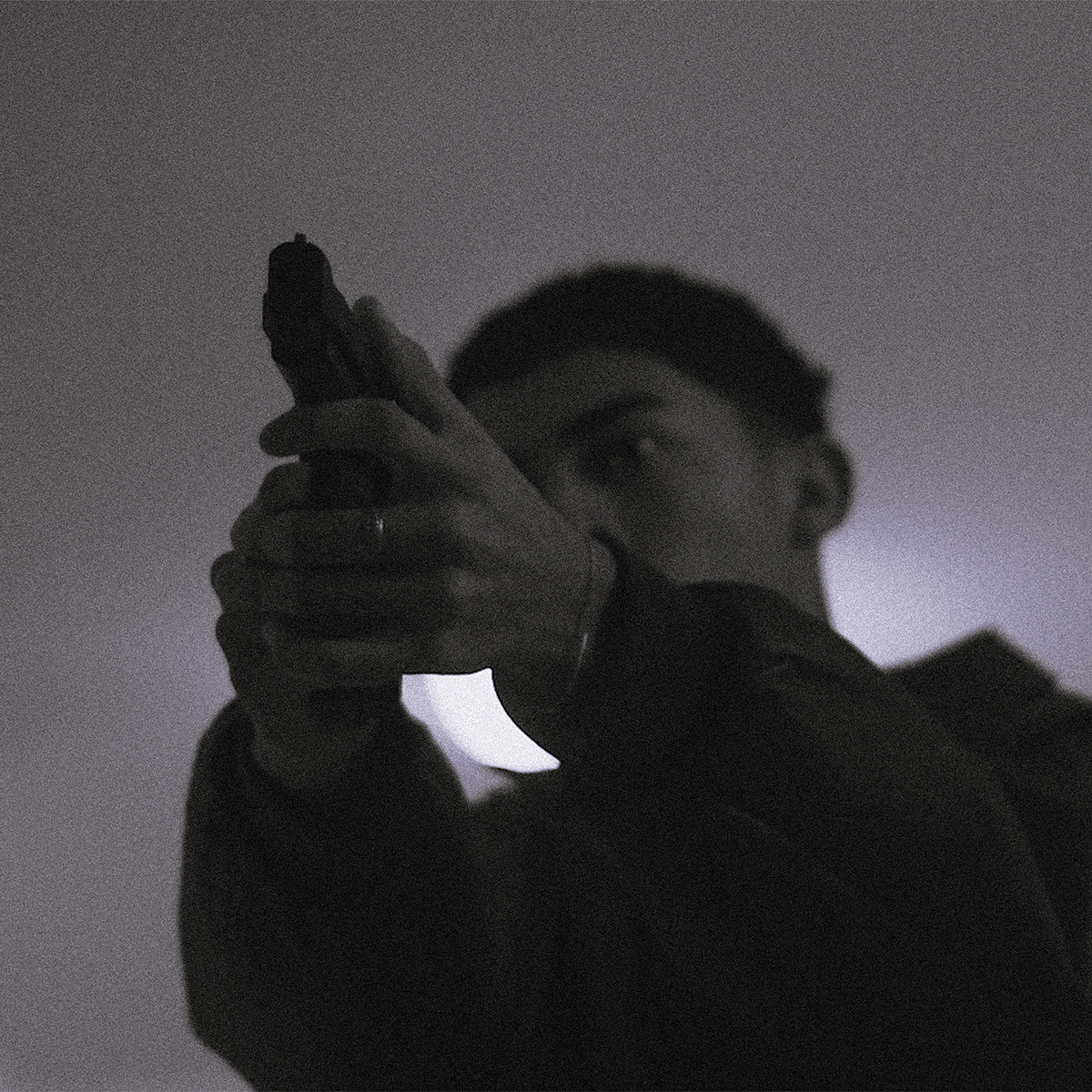
Elijah Winfield
Time Waits For No Man
Fiction expérimentale | hdv | couleur | 11:0 | USA | 2020
A short film written, directed, and edited by Elijah Winfield. "Time seems to be running out for two separate souls".
Born on July 25, 2001, Elijah Winfield is a screenwriter and director from Charleston, SC. He's been screenwriting since the age of 16 and directing various short films, music videos, features, etc, since the age of 17.
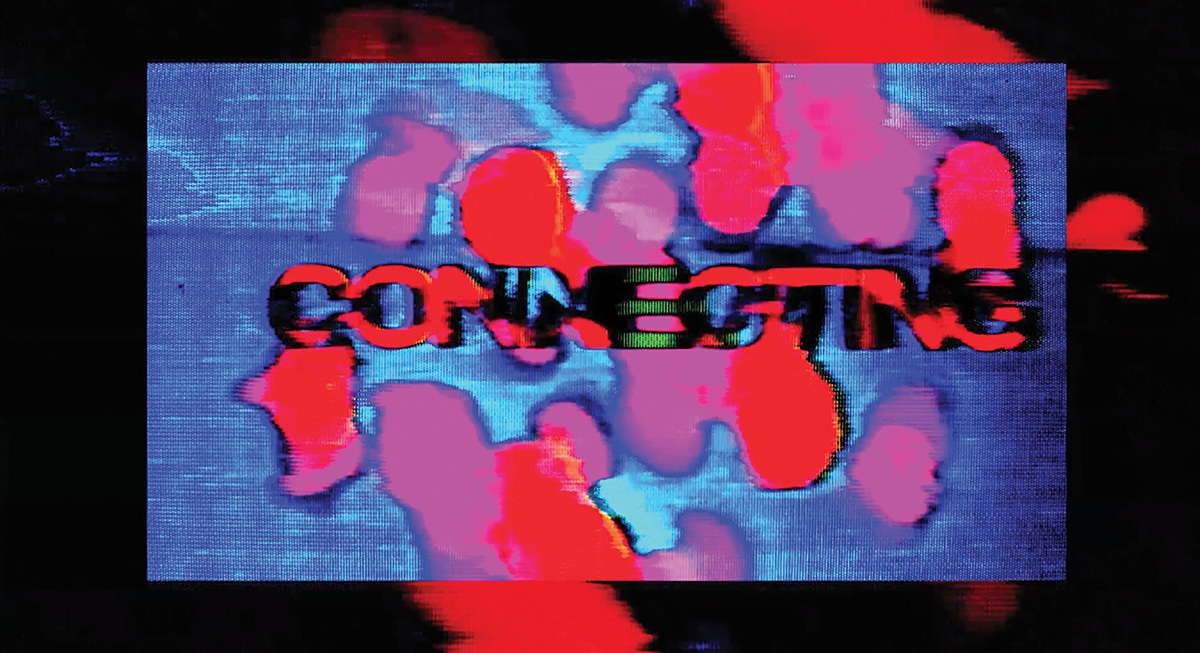
Wheeler Winston Dixon
Ready, Set, Go
Animation | hdv | couleur | 10:10 | USA | 2021
A call to action for pandemic audiences. “One day you will wake up, and there won’t be any more time to do the things you’ve always wanted. Do it now.” – Paulo Coelho
As a film and video artist, Wheeler Winston Dixon's works have been screened at The Whitney Museum of American Art, Anthology Film Archives, The Museum of Modern Art, The BWA Contemporary Art Gallery, LA Filmforum, The Microscope Gallery, The British Film Institute, Studio 44, OT301, Filmhuis Cavia, The Jewish Museum, The Exploding Cinema, The Millennium Film Workshop, The San Francisco Cinématheque, The New Arts Lab, The Collective for Living Cinema, The Kitchen Center for Experimental Art, The Filmmakers Cinématheque, The Amos Eno Gallery, Sla307 Art Space, The Oberhausen Film Festival and at numerous universities and film societies throughout the world. In 2003, Dixon was honored with a retrospective of his films at The Museum of Modern Art, and his films were acquired for the permanent collection of the Museum, in both print and original format. Since 2015, Dixon has been working in HD video. In 2019, his new video work - more than 500 videos in all - was collected in the UCLA Film Archive in Los Angeles.
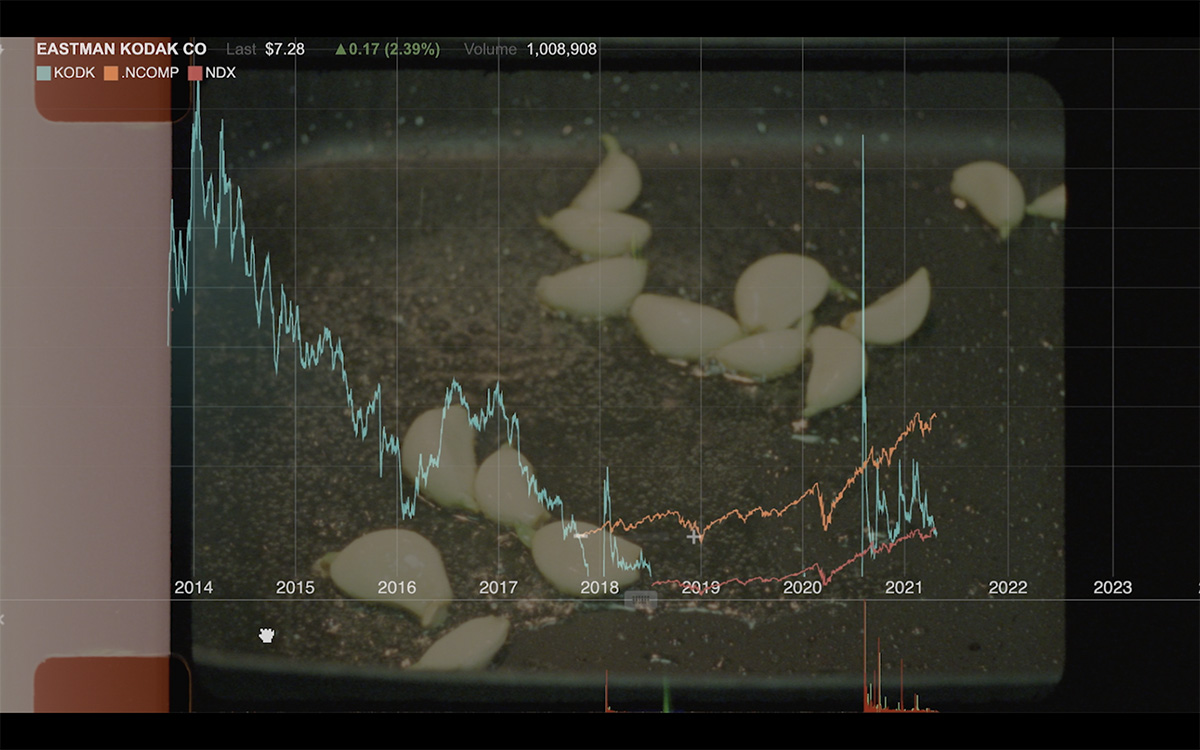
Yifan Xu
Loop Loop Loop
Film expérimental | 16mm | couleur | 6:0 | Chine, USA | 2021
Loop Loop Loop attempts to explore film as a matter and its value from changing perspectives. Using a combination of 16mm, Super 8mm, handmade film strips, and found footages as materials, this film intends to represent the adventure of two nonhuman characters on a train ("chicken features garlic skin" is a Chinese idiom referring to trivial matters) , where they are having a conversation around "film stock".
Yifan Xu (b.1998, China) is an interdisciplinary artist and filmmaker who primarily works with photographic medium (still and moving images), sound, and installation. She received a B.A. degree with honors in Art and Film & Media Studies and a minor in Economics from Lafayette College in 2019. Currently, she is an MFA candidate in Film/Video at the California Institute of the Arts.
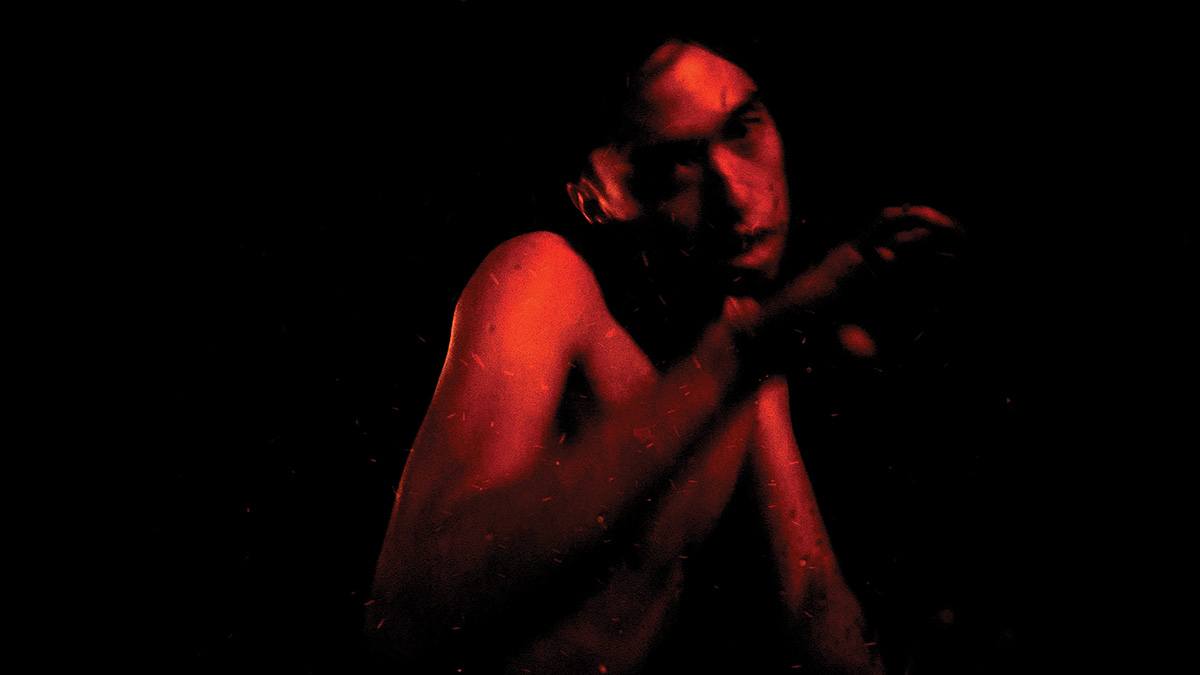
Tseng Yu Chin
The Wall
Fiction expérimentale | hdv | couleur | 9:57 | Taiwan, 0 | 2022
The sound work is a record of a student protest movement in Taiwan, but it is a mourning of the movement that no longer exists. The sounds in this work were recorded during the 2014 student movement demonstration in Taiwan. The overlap of sounds from near and far creates a state of physical closeness and alienation. I am talking about the body without remorse, immersed in this humid field full of body flakes flying around, to crash into the invisible system. We are in a state where we are in this dilemma of life, in this island, where we are not allowed to face our existence democratically and freely, where we are hidden in this darkness, where we are not seen and not known, where we actually have a will and a mind.
Born in 1978 Video Artist, Director, Photographer, Curator